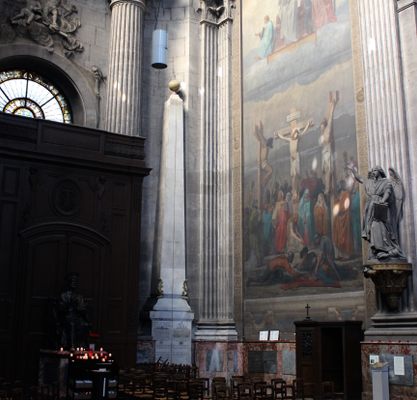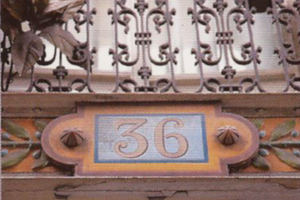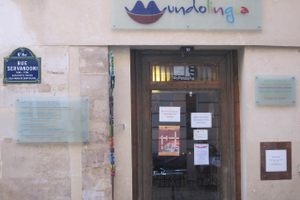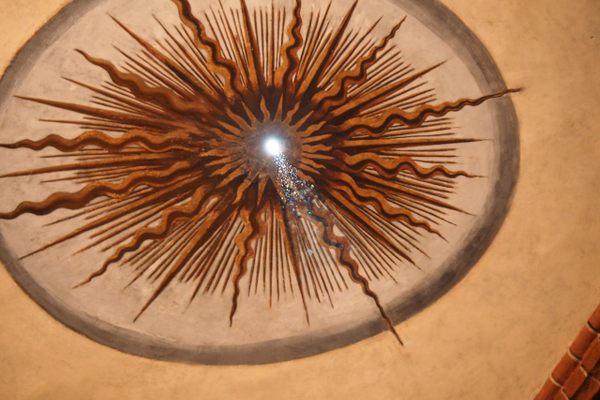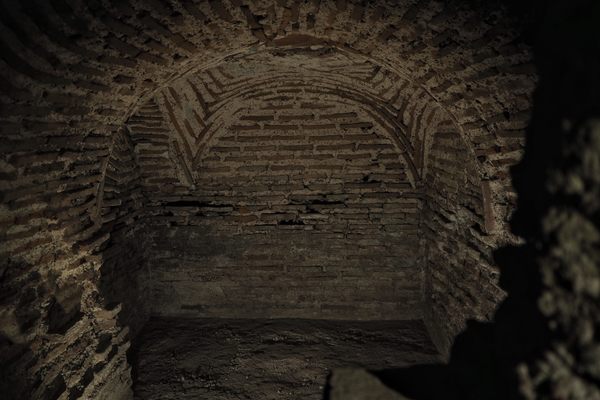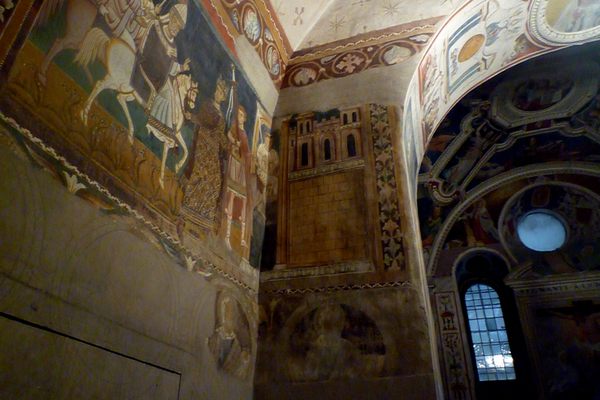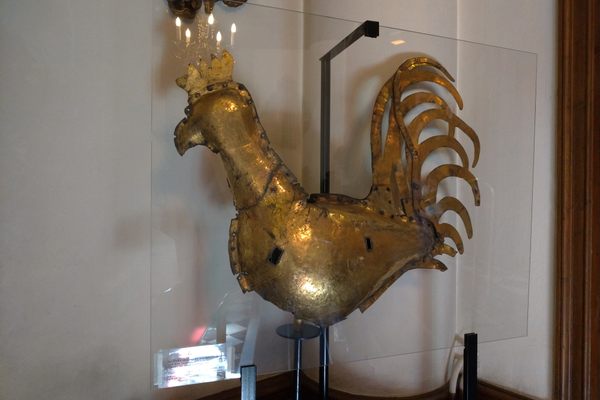About
If you've read Dan Brown's bestselling mystery "The Da Vinci Code" you would know this obelisk as the "Paris Meridian" or "Rose Line," but these names are more fiction than fact. In reality, the gnomon found in the Saint-Sulpice Church in Paris is a wonderful piece of old-fashioned technology built in the early 1700s to determine when Easter falls on the calendar.
The gnomon is an astronomical instrument that works similarly to a sundial. The shadow cast on the obelisk determines the position of the sun in the sky, which can be used to calculate certain astronomical events. The gnomon of Saint-Sulpice was specifically designed to determine the traditional date of Easter, which corresponded to the first Sunday after the first full moon after the vernal equinox.
The device has a brass, north-south meridian running up through the middle of the obelisk, with a brass ball at the top. On the spring equinox each year, the sunlight streams in through a small hole in one of the church’s stained-glass windows and casts a straight line of light on the meridian, illuminating the brass ball atop the obelisk. Add a few extra days depending on the lunar cycle, and voilà, you'd get the date of Easter.
Related Tags
Know Before You Go
The Church of Saint-Sulpice (Église Saint-Sulpice) is free to enter, open daily from 7:30 a.m. to 7:30 p.m. It’s located in Place Saint Sulpice off the Saint-Sulpice metro stop, line 4.
Published
February 28, 2019
